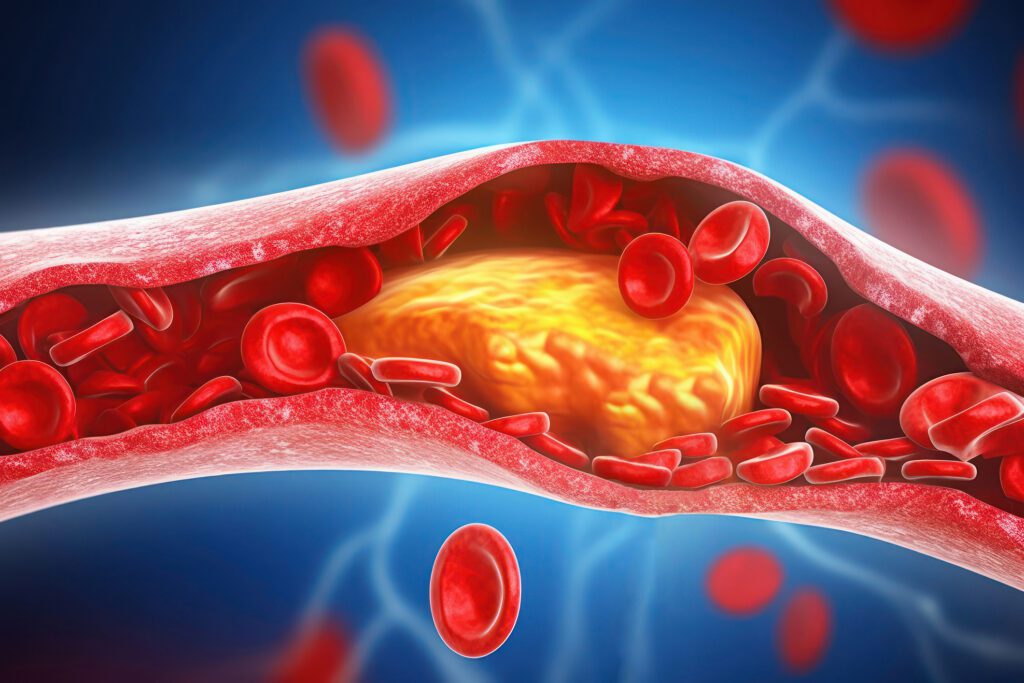February is heart health month. Let’s take moment and appreciate the force that beats within our chest, that gives us life and energy, from which Qi, the Vis or Prana (ancient terms for Life force) all flow – from our heart within. The opportunity to measure the health of this heart and to predict your risk for a heart attack in the next 5 years is now available in British Columbia. Even more, it’s a highly sensitive test with impressive research and can be ordered via a simple blood draw from Valley Labs or Life Labs right here in the Okanagan.
Coronary heart disease (CHD) is the number one cause of death and disability in both men and women.1 This is despite recent improvements in disease management. CHD is the umbrella term for a heart attack, unstable angina, or myocardial infarction (with or without ST-segment elevation). If you don’t think you are at risk, please consider the following myths and facts first:

Myth #1: “I have to have high cholesterol to be at risk for a heart attack.”
Fact: The truth is 50-70% of patients with a first time cardiac event are well within the normal target guidelines for cholesterol levels. This is according the AHA “Get-With-The-Guidelines” initiative which analyzed 136,905 hospitalizations.2 Sadly, half of severe heart attacks occur in adults with no – or just one – risk factor.
Myth #2: “I have to have pretty clogged arteries to suffer a heart attack.”
Fact: 75% of heart attacks are caused by an unstable plaque rupture, not narrowing of the artery. Clinical Studies published in the 90’s used IVUS (in-the-artery-ultrasound) to visualize disease status. What they found was the typical heart attack only had about 20% stenosis (or narrowing) prior to a myocardial infarction.3
Myth #3: “I’m too young to have a heart attack.”
Fact: Statistics indicate that about 25 percent of all heart attacks occur in people below the age of 40 years. What is more, about 45% of heart attacks appear to be silent, meaning, there are no warning signs or symptoms.4
So what is heart disease?
It is caused by a build-up of a waxy substance called plaque inside the major blood vessels of the heart. This plaque builds up over many years and may lead to the narrowing of blood vessels which limits the flow of oxygen-rich blood to the heart muscle. Plaque sometimes ruptures, forming a blood clot that can completely block the flow of blood causing a heart attack. If this blockage continues for too long, the oxygen starved part of the heart might be permanently damaged. Most heart attacks caused by blood clots come from soft plaque that breaks open suddenly. This soft plaque may not have ever been large enough to cause any noticeable symptoms. Consequently, there may be no warning signs of a heart attack before it happens.
What is the PULs Cardiac Test?
The PULs Cardiac Test is a blood test designed to help identify people who appear healthy but may have active heart disease which could result in a heart attack in the next five years. This test detects the early stages of heart disease with 7 unique protein biomarkers in the blood that are linked to unstable plaque to see if a heart attack may be likely in the next five period.5
Where’s the Research?
PULs has demonstrated accuracy in predicting risk for cardiac events and was validated in the Multi-Ethnic Study of Atherosclerosis (MESA).5 The biomarkers for this test have evolved from 15 years of research across multiple University centers. A large clinical trial, in a Cleveland-based clinic of over 50,000 base population, the PULs Cardiac Test identified 61% of patients who went on to have a cardiac event, and who would have been missed by established risk factors.6
Who should get a PULs Test?
If you are over the age of 40 and have one or more risk factors for coronary heart disease, consider this test. Risk factors include, but are not limited to:
- family history of early heart disease
- poor diet
- sedentary lifestyle
- elevated LDL cholesterol
- high blood sugar or diabetes
- high blood pressure
- overweight or obese
- smoking
- low white blood cells called lymphocytes
What can I do to lower my PULs score?
Focus on reducing risk factors. It’s what we do best. Naturopathic Medicine will help guide you through a healthier diet, better lifestyle choices, stress reduction, IV Vitamin restoration, exercise and in some cases, medications are helpful. But we always like to start with the basics first: “Let food be thy medicine and medicine be thy food” – Hippocrates.
Find out what your risk is today, we welcome your call. 250-868-0221
– Written by Dr. Emina Jasarevic, ND
References:
- CDC, NCHS. Underlying Cause of Death 1999-2013 on CDC WONDER Online Database, released 2015. Data are from the Multiple Cause of Death Files, 1999-2013, as compiled from data provided by the 57 vital statistics jurisdictions through the Vital Statistics Cooperative Program. Accessed Feb. 3, 2015.
- Sachdeva A et al. Lipid levels in patients hospitalized with coronary artery disease: an analysis of 136,905 hospitalizations in Get With The Guidelines. Am Heart J. 2009; 157: 111-117.
- Minha S., et al. Characteristic and management of patients with acute coronary syndrome and normal or non-significant coronary artery disease: Results from Acute Coronary Syndrome Israeli Survey (ACSIS) 2004-2010. J Invasive Cardiol. 2014 Aug;26(8):389-93.
- Mozaffarian D et al. Circulation. 2015;131:e29-e322
- Cross DS et al. Coronary risk assessment among intermediate risk patients using a clinical and biomarker based algorithm developed and validated in two population cohorts. Curr Med Res Opin. 2012; 28: 1819-1830.
- Orimoloye OA et al. Association Between Self-rated Health, Coronary Artery Calcium Scores, and Atherosclerotic Cardiovascular Disease Risk: The Multi-Ethnic Study of Atherosclerosis (MESA). JAMA Netw Open. 2019 Feb 1;2(2):e188023. doi:10.1001/jamanetworkopen. 2018.8023.







